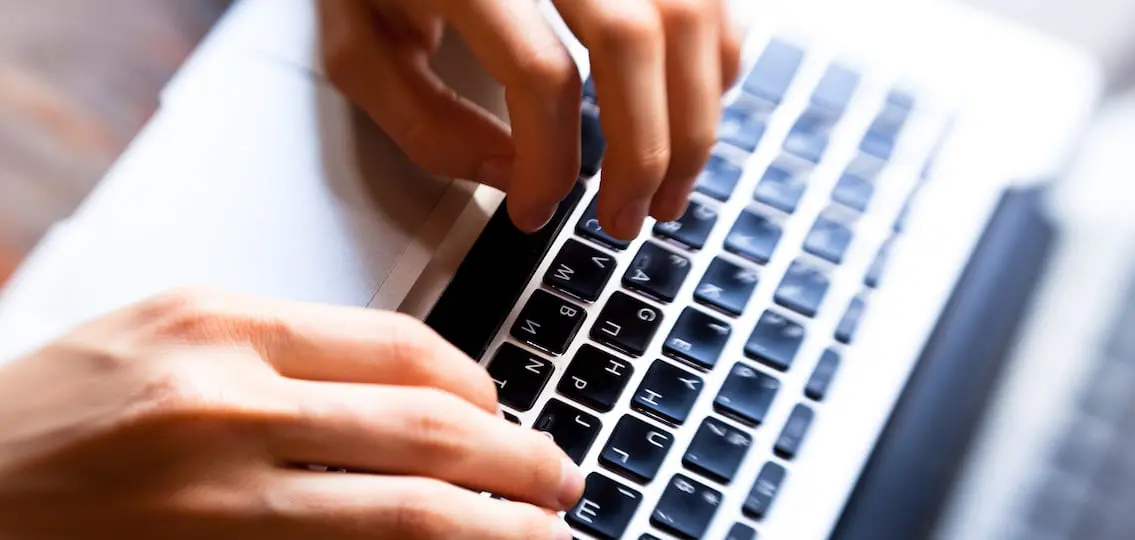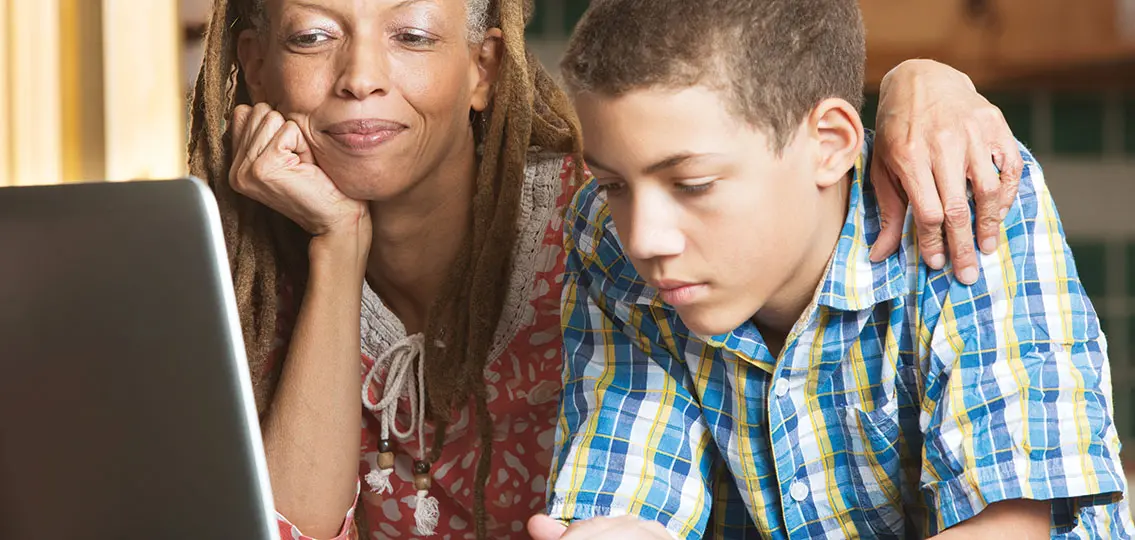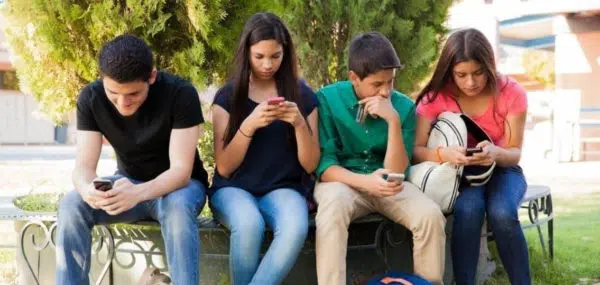If your teenager starts the day by reaching for their phone, they’re not alone. According to a 2018 survey from Pew Research Center, 44% of teens often check their phone as soon as they wake up, while 28% of teens sometimes do. But while they seem to be pretty much connected 24/7, email is seldom the number one priority. It’s more likely that they are checking texts or social media messages.

Email is still the primary method of professional communication, though—sometimes even for summer jobs. Teenagers need to learn how to use it properly. Most kids will get a school-designated email address in middle school, but at some point they’re going to need their own, independent account.
How to Choose an Email Address
It all begins with choosing an email address. An address like ilovecottoncandy@email.com might sound cute coming from a child, but teenagers will be using their email to apply to schools and jobs, so it’s best to have a professional-sounding address.
Dr. Devorah Heitner, author of Screenwise: Helping Kids Thrive (and Survive) in Their Digital World, suggests using the teen’s first and last name @ whatever platform they choose (Gmail is popular), or adding a middle initial or numbers if the name is taken.
How to Draft an Email
Kids are texting ninjas, but that doesn’t mean they know how to write an email. There was a time when letter writing was taught in schools. Those days are gone, so it’s up to parents to remind their teens that an email is more formal than texting.
“They need to begin with a salutation in most cases—certainly with any teacher or professional communication. ‘Hey’ is not a good greeting for a teacher or professor,” advises Heitner. “Dear Ms. Smith for someone you don’t know. Hi Ms. Jackson could be okay for someone you are in more regular contact with, but you can’t go wrong with old-school manners.”
She adds that when emailing teachers, students should use their own full names and even the name of the class (there may be other kids with the same first name).
Parent Supervision
Many parents monitor their teen’s social media accounts, but should that extend to email? Katie Altemus, a mother from Pennsylvania, says yes. Her 15-year-old son knows that she has access to everything on his phone, including his email account (which they set up together).
“He’s well aware that whatever goes out in electronic format can go everywhere, instantly,” Altemus says. “I often remind him about my ‘full access’ status and that it’s for his safety. He knows that I will keep his confidence and respect his privacy unless I find something that is a health or safety risk.”
Like many kids, Altemus’s son isn’t a big user of email yet. He only checks it about once a month, unless he’s expecting to hear from someone. That’s probably why Altemus hasn’t yet specifically monitored her son’s email account—there’s not much going on for now. That will all need to change by the time he’s applying to colleges, when he could miss important deadlines and notices with this email-checking schedule.
A Change of Pace
Because of its professional benefits and longer format, email might be one type of screen time parents may want to encourage. One benefit of email is that it can get teens away from constantly texting, says Richard Freed, a child and adolescent psychologist and the author of Wired Child: Reclaiming Childhood in a Digital Age.

“It would be helpful to shift kids away from smartphones and social media to communicate with relatives and perhaps a close friend or two via email,” Freed says. “This generation of kids, once they hit middle-school age, will benefit from moving away from incessant texting and social media use to emailing a few friends for a little bit during the day.”
Grandparents, too, would probably love an email from their teenage grandchild.




